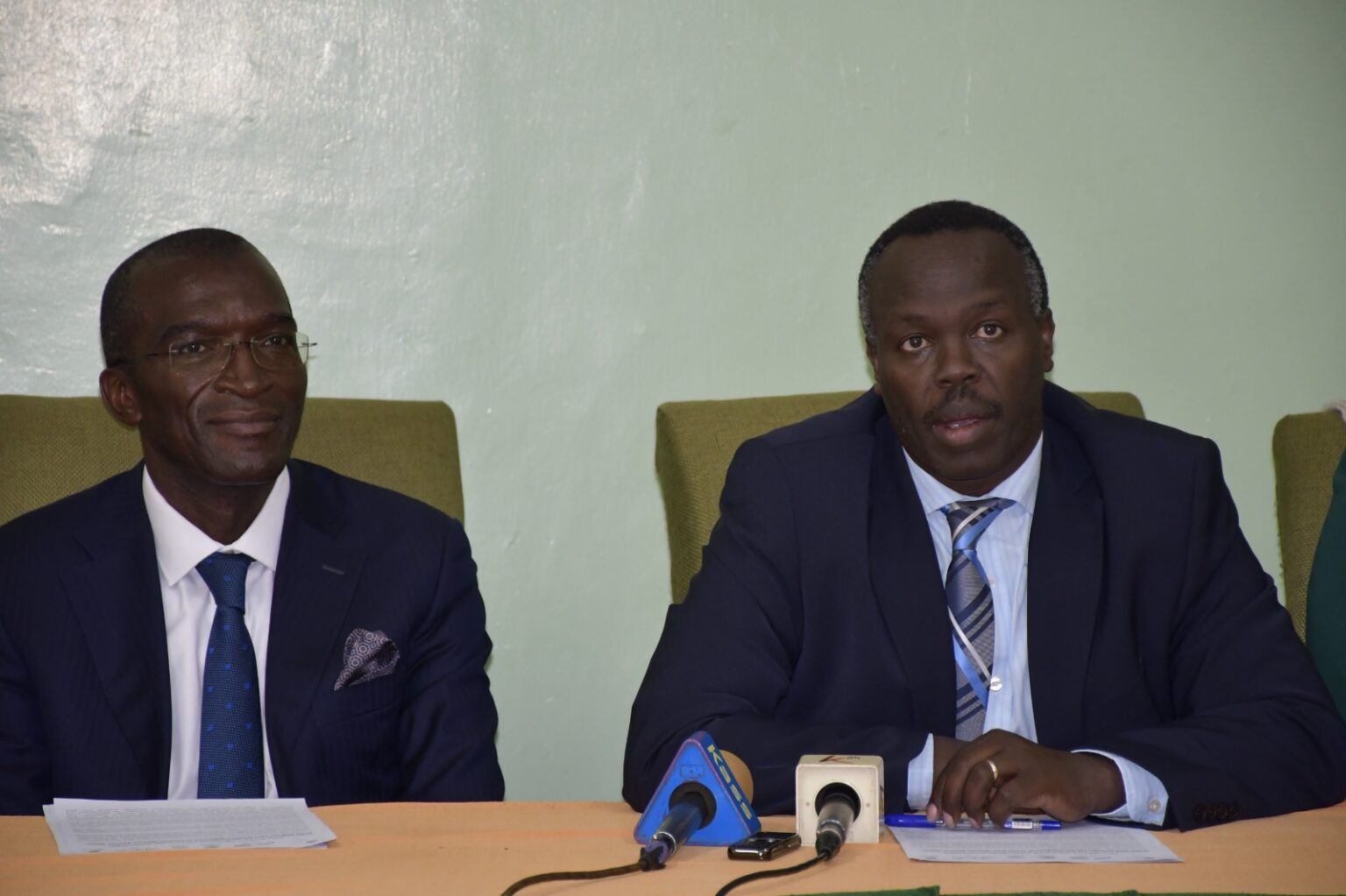- East Africa’s insurance sector regulators held the 7th Special Meeting of the Executive Committee (ExCo)of the East African Insurers Supervisors Association (EAISA) in Kenya on Friday.
- The East African insurance supervisors have resolved to promote the development of cross-border insurance products and services jointly.
- The members have also agreed to coordinate joint innovation initiatives relating to insurance development in member states.
Joint resolve for East Africa’s insurance sector supervisors
The East African insurance supervisors have resolved to jointly promote the development of cross-border insurance products and services to address the challenges of low insurance uptake and penetration in the region.
The members have also agreed to coordinate joint innovation initiatives relating to insurance development in member states.
Working under the auspices of the East African Insurance Supervisors Association (EAISA), the supervisors, at their 7th Special Meeting of the Executive Committee (ExCo) meeting held in Eldoret, Kenya, also agreed to employ a joint approach in supervising systemically important insurance groups.
They will monitor cross-border industry stability and coordinate the establishment of insurance supervisory colleges.
Speaking on behalf of all the EAISA members, the Exco Chairman Alhaj Kaddunabbi Ibrahim Lubega, Chief Executive Officer of the Insurance Regulatory Authority – Uganda, noted the importance of coordinated regional initiatives relating to research and development for effective policy development and implementation.
He said EAISA was committed to building capacity across the member countries as they seek to implement industry integration initiatives.
During the meeting, the supervisors adopted the first EAISA 2024/2025 – 2028/2029 Strategic Plan.
The regional insurance landscape is headed for major changes with the Strategic Plan’s approval. The member countries must harmonise their legal and regulatory frameworks to provide a unified foundation supporting cross-border insurance operations by September 2025.
The members also have up to June 2025 to develop and adopt risk management and solvency standards to ensure that insurers across the region maintain adequate financial reserves to cover potential risks and solvency requirements.
Read also: EAC member countries move to tear down non-tariff barriers
The Plan is drawn along five thematic areas: insurance industry stability, insurance market development and innovation, consumer protection, institutional sustainability and cooperation, collaboration, and industry integration.
It has identified 11 key result areas, including claims handling and settlement, fair pricing practices, innovation hub establishment, product diversification, insurance inclusion, market expansion, crisis management, stress testing, and market surveillance.
It envisages developing and adopting regional frameworks for information exchange sharing and data standardisation, group-wide risk assessment, and cross-border supervision framework.
It also puts in motion plans to develop and adopt regional frameworks for financial literacy or insurance education, risk-based supervision, certification for insurance professionals and actuaries, and market conduct and insurance claims guidelines, among other things.
The Meeting was hosted by the Insurance Regulatory Authority, Kenya, and attended by Lubega (CEO of IRA – Uganda), Godfrey Kiptum ( Commissioner of Insurance and CEO, Insurance Regulatory Authority Kenya), and National Bank of Rwanda Executive Director Doreen Kahonda.
Others were Tanzania Insurance Regulatory Authority Deputy Commissioner of Insurance Issa Said Khadija, Autorité de Régulation et de Contrôle des Assurances (ARCA) – The democratic Republic of Congo Representative to the Director General Emmanuel Mutatsh and Mr. Désiré Nimubona, Representative to the Secretary-General – Agence de Régulation et de Contrôle des Assurances (ARCA) – Burundi.
Also present were members of the Strategic Plan’s Technical Working Group drawn from all of the Association’s member states.
The meeting comes when the EAC insurance markets address issues related to market volatility, climate change risks, cyber risks, and geopolitical developments.
Further, frontier risks continue to disrupt supply chains and pose new challenges to existing policy, regulatory, and supervisory frameworks.
Insurance penetration
Penetration is also low in Africa, including in key economies such as South Africa and Nigeria.
While insurance provides a vital safety net for customers at risk of external threats, including health issues, economic disruptions, and natural disasters, it has, for many Africans, been unavailable–only three per cent of Africa’s GDP is driven by insurance, less than half the world average of seven per cent.
Africa’s aggregate insurance penetration rate is at a paltry 2.78 per cent, compared to the global average insurance coverage rate of 7.23 per cent.
In the EAC, Kenya leads, albeit with a paltry 2.43 per cent penetration.
Rwanda follows it with a 1.70 per cent penetration, Uganda (0.84 per cent), Burundi(0.77 per cent) while Tanzania has a 0.53 per cent penetration.
Threats to insurance uptake
According to industry experts, some threats hindering the growth of the insurance sector and the uptake of policies include low insurance awareness.
“The low level of insurance awareness and low public confidence in insurance services within member states pose a significant threat. This undermines insurance uptake and industry growth,” Kiptum said.
There are also issues of inability to cope with technological changes because of the rapid pace of technological shifts.
Geopolitical dynamics are also affecting insurance penetration, according to experts.
This includes conflicts and trade disputes, which impact the stability of the insurance industry within EAC.
Natural disasters and pandemics such as Ebola and the recent COVID-19 pandemic are other factors disrupting business operations within EAC and impacting the underwriting business.
Political instability and uncertainties also affect regulatory initiatives and cooperation.
“EAISA have to explore strategies to introduce micro-insurance and reach underserved markets, thereby expanding the insurance industry’s footprint within EAC,” the leadership said in a statement on Friday.
Read also: The Growth of InsurTech and Its Impact on the Insurance Industry:
